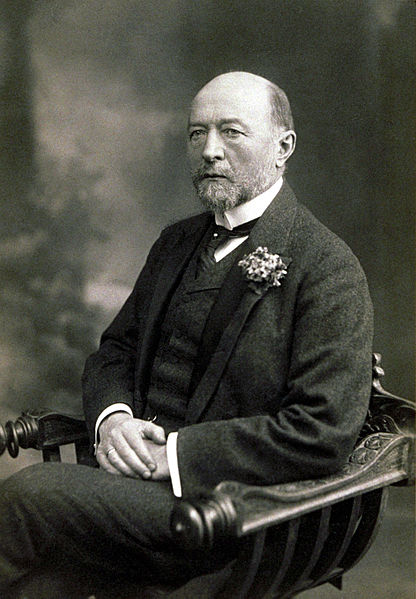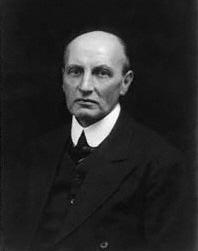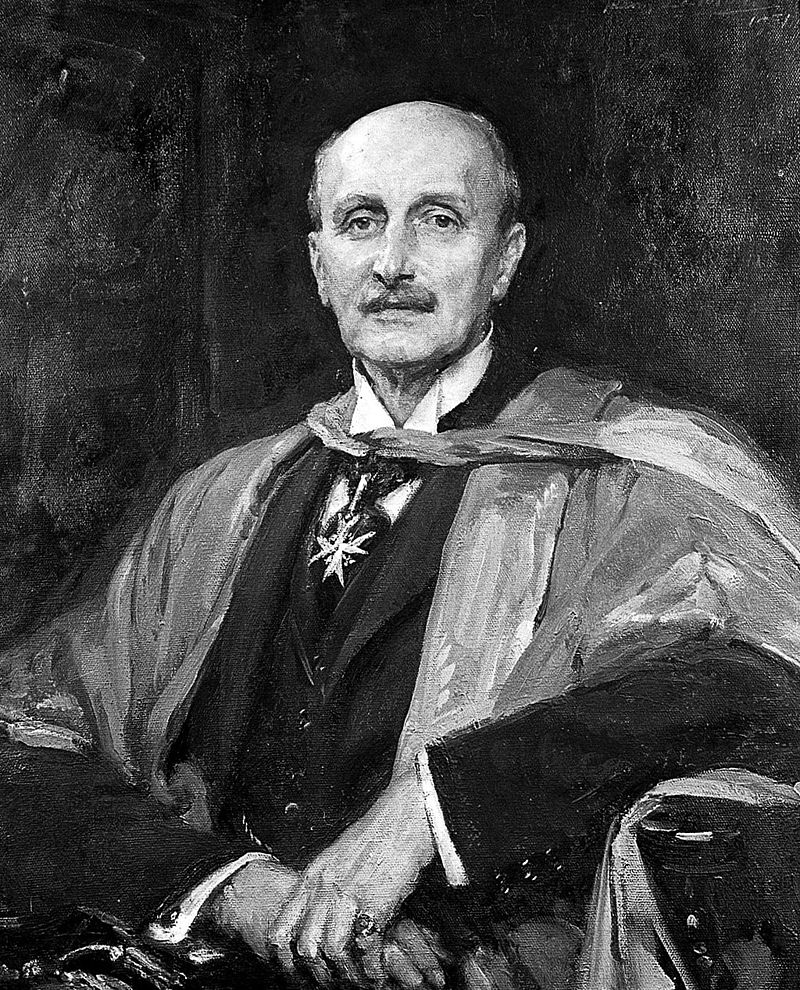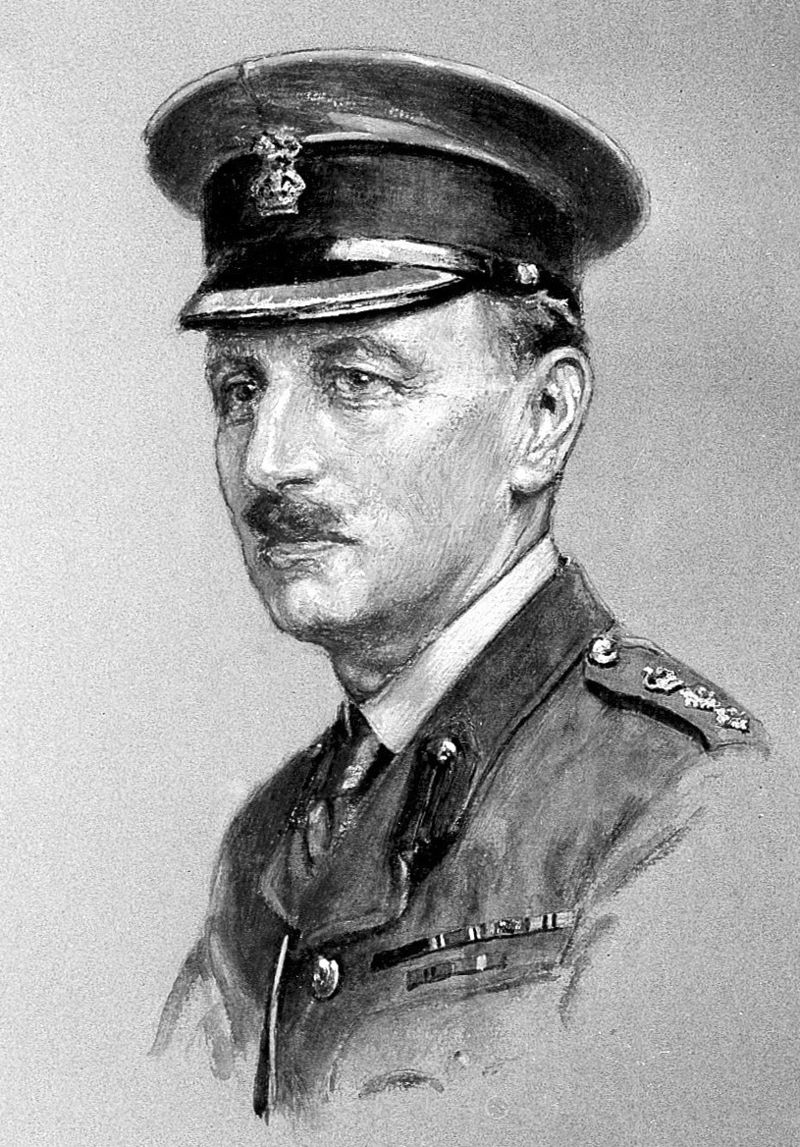<Back to Index>
- Physiologist Emil Adolf von Behring, 1854
- Physician Sydney Arthur Monckton Coperman, 1862
PAGE SPONSOR

Emil Adolf von Behring (15 March 1854 - 31 March 1917) was a German physiologist who received the 1901 Nobel Prize in Physiology or Medicine, the first one so awarded.
Behring was born Adolf Emil Behring in Hansdorf (now Ławice, Iława County), Kreis Rosenberg, Province of Prussia, now Poland.
Between 1874 and 1878, he studied medicine at the Akademie für das militärärztliche Bildungswesen, Berlin. He was mainly a military doctor and then became Professor of Hygienics within the Faculty of Medicine at the University of Marburg (against the initial strenuous opposition of the faculty council), a position he would hold for the rest of his life. He and the pharmacologist Hans Horst Meyer had their laboratories in the same building, and Behring stimulated Meyer's interest in the mode of action of tetanus toxin.
Behring was the discoverer of diphtheria antitoxin in 1890 and attained a great reputation by that means and by his contributions to the study of immunity. He won the first Nobel Prize in Physiology or Medicine in 1901 for developing a serum therapy against diphtheria (this was helped by Kitasato Shibasaburo and worked on with Emile Roux) and tetanus. The former had been a scourge of the population, especially children, whereas the other was a leading cause of death in wars, killing the wounded. He was elected a Foreign Honorary Member of the American Academy of Arts and Sciences in 1902. At the International Tuberculosis Congress in 1905 he announced that he had discovered "a substance proceeding from the virus of tuberculosis." This substance, which he designated "T C", plays the important part in the immunizing action of Professor Behring's "bovivaccine", which prevents bovine tuberculosis. He tried unsuccessfully to obtain a protective and therapeutic agent for humans.
Behring demonstrated that the injection of toxins was able to be transmitted to another animal by injections of a treated animal's blood serum and used as a means of effecting a cure.
Behring died at Marburg, Hessen - Nassau, on 31 March 1917. His name survives in Dade Behring, the world's largest company dedicated solely to clinical diagnostics, in CSL Behring a manufacturer of plasma derived biotherapies, in Behringwerke AG in Marburg, in Novartis Behring and in the Emil von Behring Prize of the University of Marburg, the highest endowed medicine award in Germany.
His Nobel Prize medal, is now kept on display at the International Red Cross and Red Crescent Museum in Geneva.
Von Behring is believed to have cheated Paul Ehrlich out of recognition and financial reward in relation to collaborative research in diphtheria. The two men developed a diphtheria serum by repeatedly injecting the deadly toxin into a horse. The serum was used effectively during an epidemic in Germany. A chemical company preparing to undertake commercial production and marketing of the diphtheria serum offered a contract to both men, but von Behring maneuvered a way to claim all the considerable financial rewards for himself. To add insult to injury, only von Behring received the first Nobel Prize in Medicine, in 1901, for his contributions.
In December 1896, Behring married Else Spinola (a daughter of Bernhard Spinola, director of the "Charité" hospital in Berlin). They had six sons. They held their honeymoon at villa "Behring" on Capri 1897, where Behring owned a vacation home. Incidentally, in 1909 - 1911, the Russian writer Maxim Gorky lived at this villa.



Sydney Arthur Monckton Copeman (21 February 1862 - 11 April 1947) was a British medical doctor and senior medical officer in the Ministry of Health.
He was the eldest son of Rev Arthur Charles Copeman, Vicar of St Andrew's Norwich. He was educated at King Edward VI School, Norwich and Corpus Christi College, Cambridge from which he graduated in 1882. He went on to undergo medical training at St Thomas' Hospital, London, qualifying in 1886. He obtained a post graduate MD at Cambridge University in 1890.
In 1891 he became a medical inspector with the Local Government Board. When the Ministry of Health replaced the board in 1919, Copeman became a medical officer with the ministry, retiring in 1925. He was an authority on vaccination, and is credited with the development of glycerinated lymph. In 1898 he delivered the Milroy Lecture on Vaccination - Its Natural History and Pathology, published as a book in the following year. and was elected a Fellow of the Royal College of Physicians in 1899. He married Ethel Margaret Boord, daughter of Sir Thomas William Boord. They had one son and two daughters. In 1903 he was elected a Fellow of the Royal Society.
Following his retirement from the Ministry of Health, Copeman entered local government. He was a member of Hampstead Borough Council, where he was chairman of the public health committee, and was elected to the London County Council as a Municipal Reform Party councilor representing Hampstead in 1934.
He died in Hove, Sussex, in April 1947, aged 85.